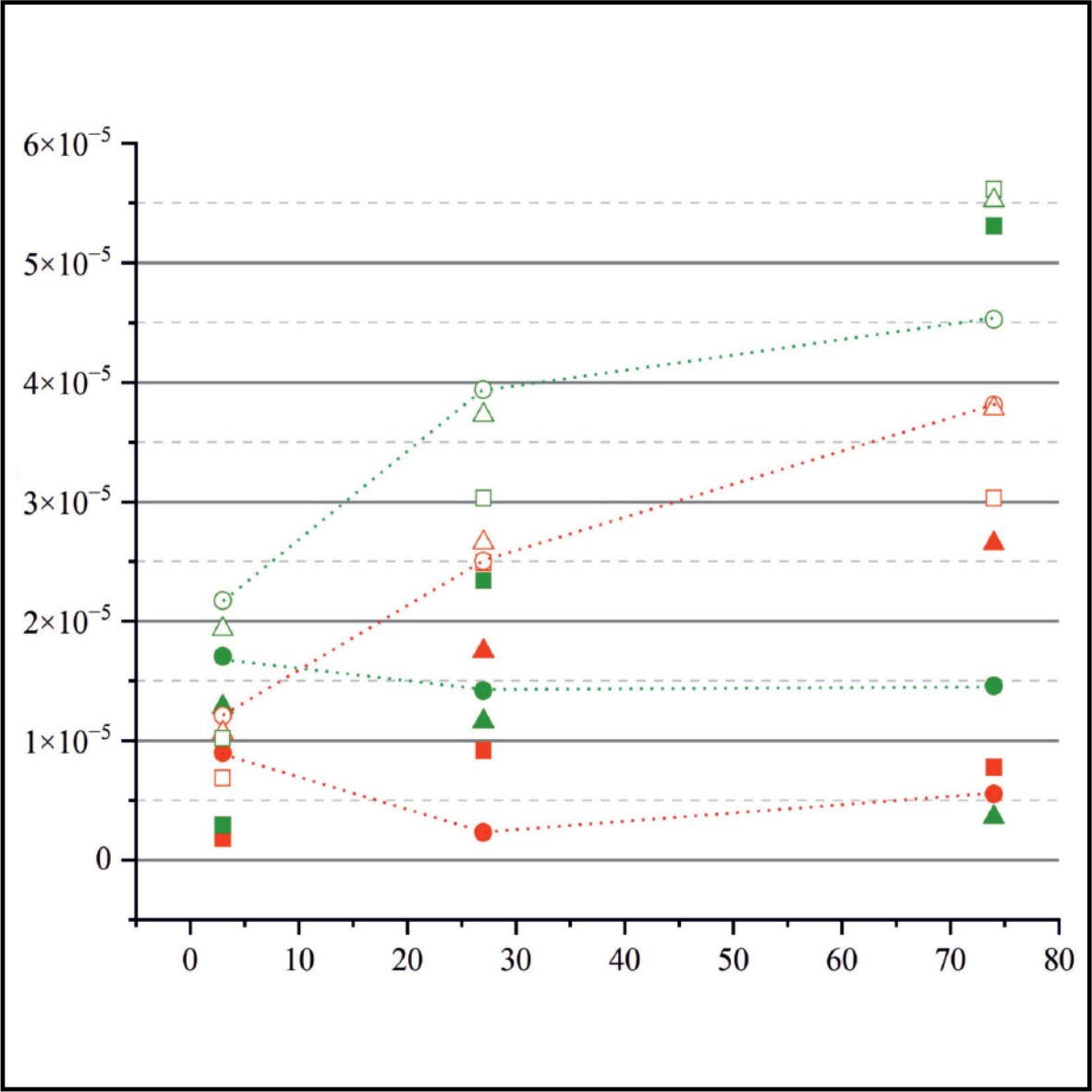K-feldspar – H2 interaction in the context of underground hydrogen storage
Abstract
Geologic reservoirs, including sandstones, can serve as sites for underground hydrogen storage (UHS). However, for a successful commercial application, a more detailed knowledge of the rock–pore-water–hydrogen gas (H2) systems is necessary. In this combined experimental-modeling study, the geochemical impact of H2 on K-feldspar was investigated. Static batch reactor experiments were conducted under pressure and temperature conditions of potential UHS to track the effect of H2 on K-feldspar. The experimental data show a negligible reactivity of K-feldspar. The kinetic PHREEQC model predicts the dissolution of K-feldspar to a similar extent as suggested by the experimental observations. Findings of this study show that the K-feldspar–H2 interaction is marginal. The results mark clear progress in understanding the chemical changes in polymineralic reservoir rock matrix during hydrogen injection processes.
















